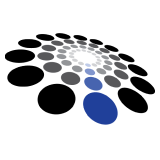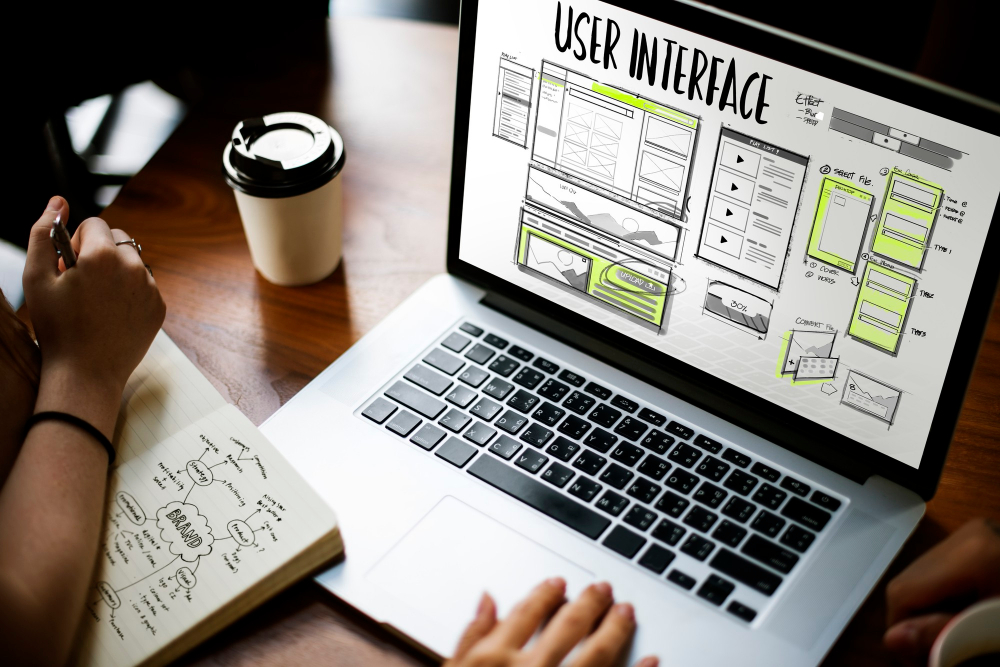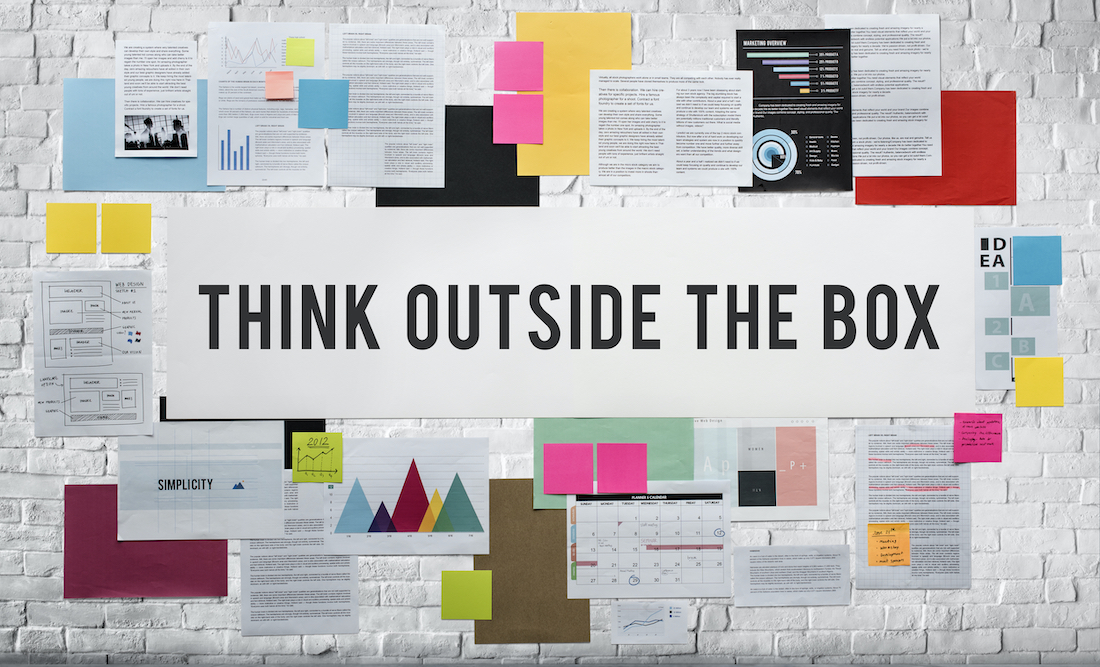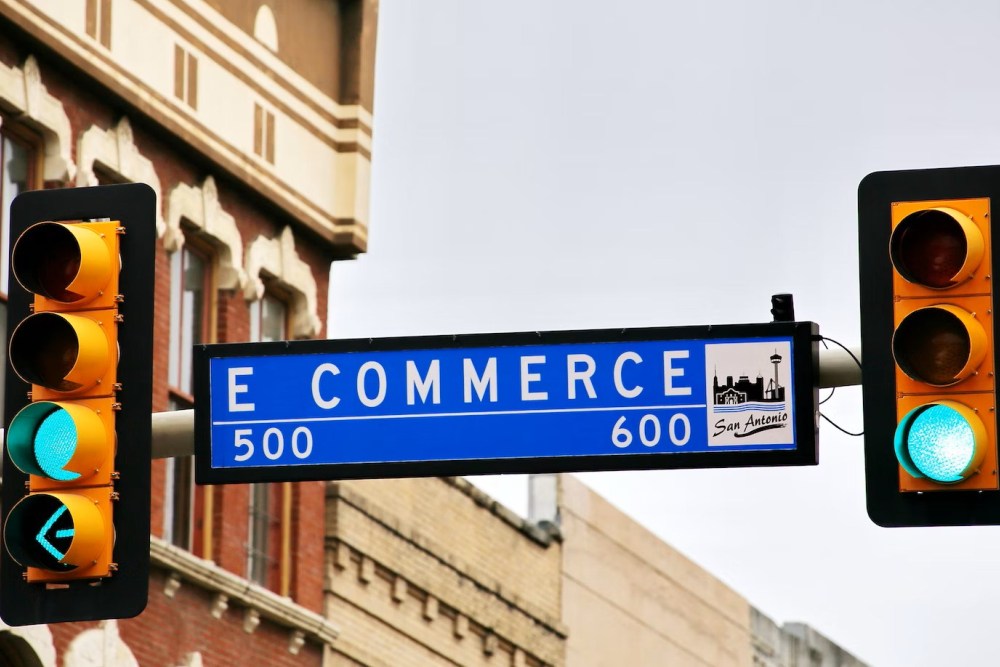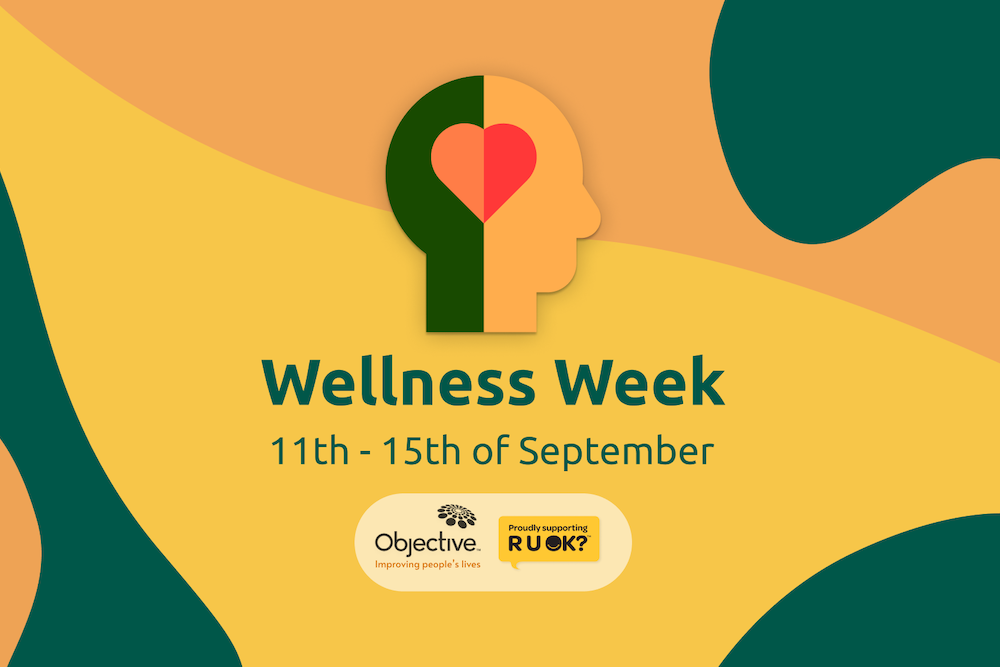This post originally appeared on the blog of our Singapore office, eyetracking.com.sg
What does usability testing mean to you? What is user journey research? How to compare usability testing vs user journey research?
Usability Testing vs User Journey Research
Well, both usability testing and finding out what a user journey research is, fall under the whole spectrum of User Experience and they are essential to the success of a product or service. Although both can work closely together, usability testing and user journey research have different roles.
What is usability testing? What is User Journey Research?
This conceptual technique will answer questions like, “What are people’s expectations?”, “What do they wish to achieve”, “How do they do so?” and “What do they feel or experience while trying to achieve the desired outcome?”
When do you conduct a usability test or user journey research?
Usability testing is conducted at various stages of development intermittently, for incremental improvements. This can be done on different types of fidelities such as:
- Low fidelity prototypes: From paper or digital based wireframe sketches to printouts, which help to give a rough overview of the design, are given to participants to test;
- Medium fidelity prototypes: Participants will test out a prototype with color where only some parts are functional;
- High fidelity prototypes: Highly functional, as close as the true representation of the product, and;
- Live prototype: Testing your design in real-world conditions with your fully launched product or service to know how your design works in practice.
- On the contrary, user journey research should be done at the beginning of a product development cycle. It is also not necessary for participants to see and test any designs, for instance prototypes or interaction elements, even though that could be included.
Methodologies Used
- Surveys
- Diary Studies
- Focus groups
- In-field observation
- Contextual inquiry
- Ethnographic studies
- Card sorting
- Stakeholder workshops
As compared to user journey research, methods in usability testing will enable you to gather data and feedback on the product tested instead. The following is a brief description of the methods usability testing can employ:
- In-depth interview: Asking questions to participants to address their needs, understand how they carry out a task, and know which features of your product or service are of the highest value.
- Think aloud: Asking participants’ to verbalize their thoughts, feelings or opinions as they perform a task and interact with the product or service.
- Retrospective think aloud: Asking participants’ to articulate their thoughts, feelings or opinions on a task or interaction they performed beforehand.
- Eye tracking: An objective measure to track user’s gaze to determine where they are looking at, and can be conducted with Retrospective Think Aloud to understand rationales behind their visual behavior; and
- A/B Testing: Obtaining valuable insights on your user’s behavior by involving two design versions, comparing which one is better, alternately between participants.
In Conclusion
If you are looking for a visual representation of what we have discussed here, we came up with an infographic just for you!


